It’s hard to believe, but 2025 will mark 50 years since the Volkswagen Polo was first launched. One of the early ‘premium’ superminis, the Polo was also the final member of VW’s new, water-cooled family of cars. Together, they replaced its dated, air-cooled range, including the still-ubiquitous Beetle. The Polo has been a common sight ever since.
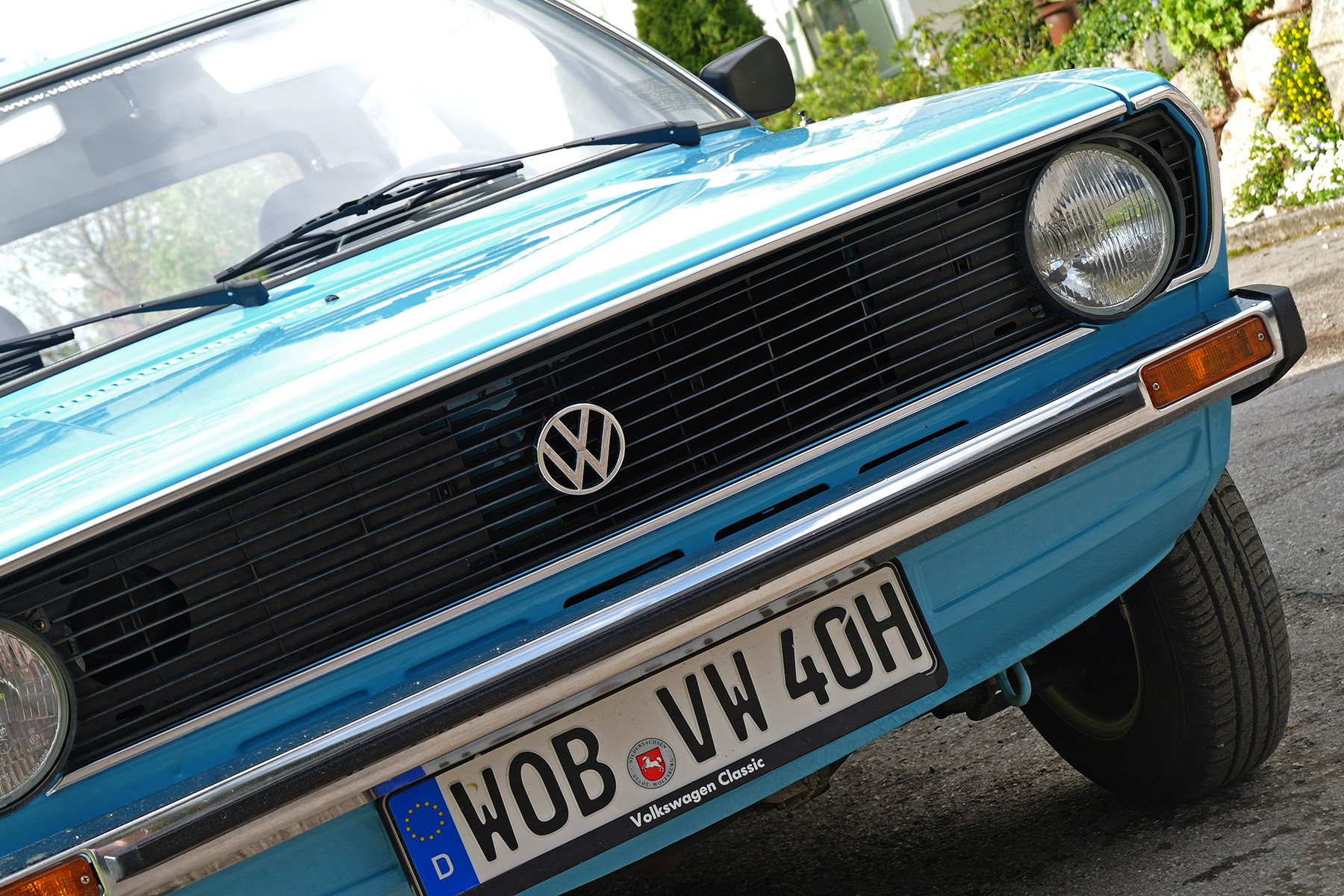
Introduced into the UK during the record-breaking hot summer of 1976, the Polo is now into its sixth generation. However, it was the pretty Mk1 that got the ball rolling. The bright Miami Blue car pictured here is owned by Volkswagen Classic, the German company’s heritage department. It services a fleet of vehicles and regularly displays them at classic car events around the world.
What are its rivals?
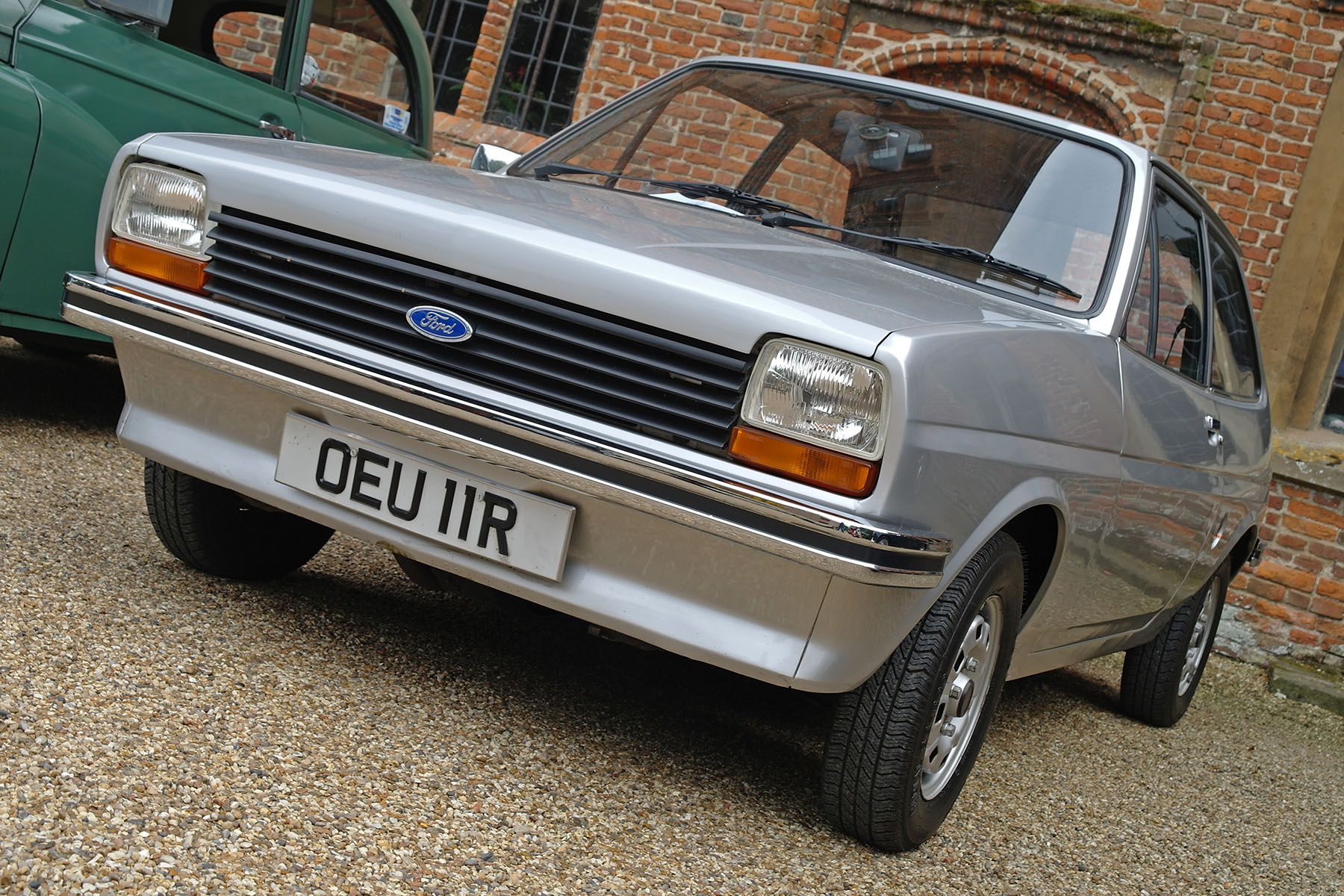
Although the Polo was a relatively early entrant into the 1970s ‘mini car’ market, established competition included the Fiat 127, the first-generation Honda Civic and the Renault 5. The Polo’s arch nemesis, the Ford Fiesta (pictured above), arrived one year later.
Other notable rivals included the Citroen Visa, Peugeot 104 and Talbot Samba, as well as British competition from the Austin Metro and Vauxhall Chevette.
What engine does it use?
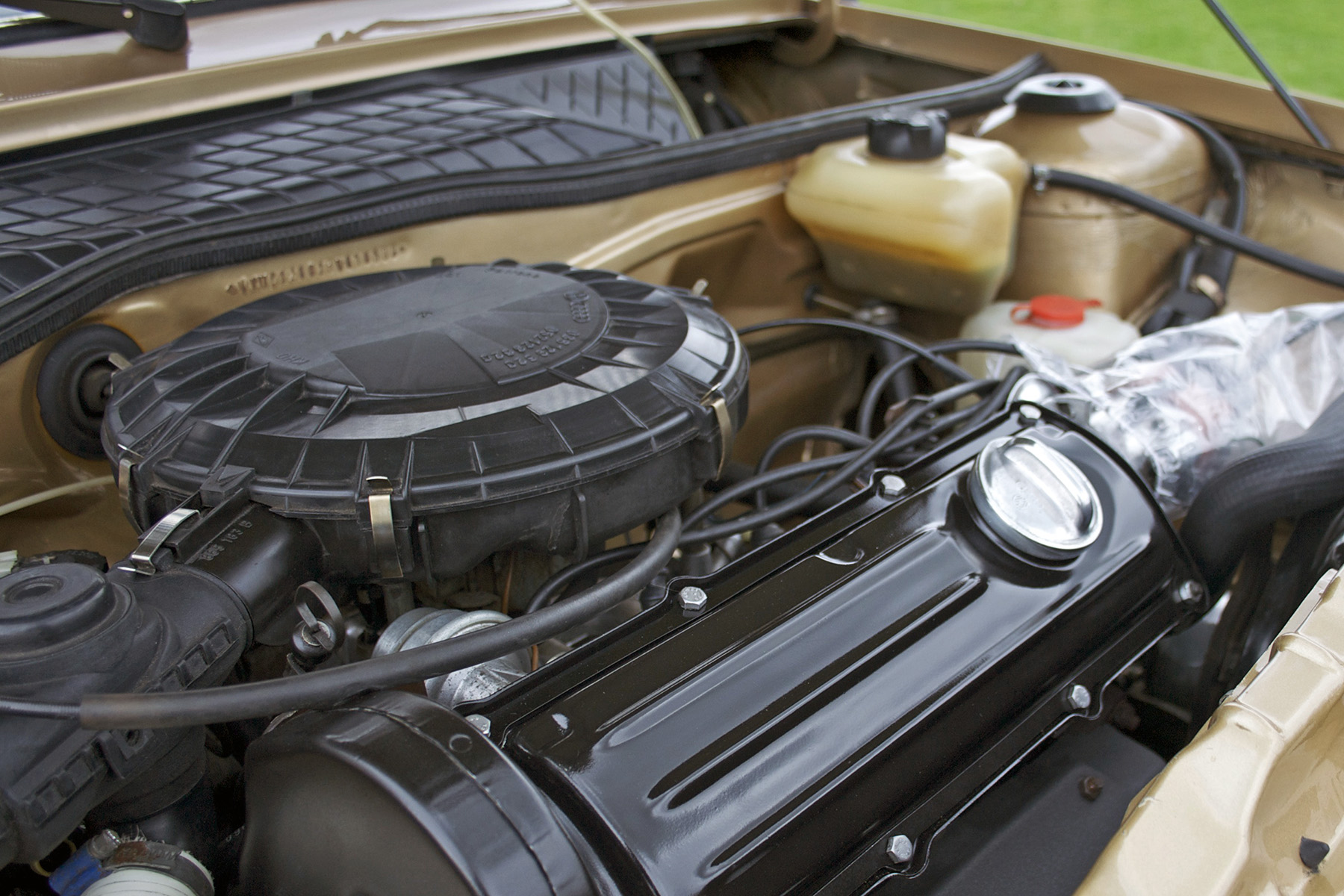
Most Polos were sold with a carburettor-fed 895cc engine that produced 40hp at 5,900rpm. Today’s superminis typically produce at least twice that, although larger dimensions and increased safety equipment invariably make them heavier. A 1970s Polo tipped the scales at around 700kg, so the modest power output was enough for daily driving.
Later and plusher examples of the Polo enjoyed a heady 50hp, thanks to a 1,093cc engine borrowed from the Golf. And an elegantly-styled saloon version called the Derby offered an extra 10hp on top of that.
What’s it like to drive?
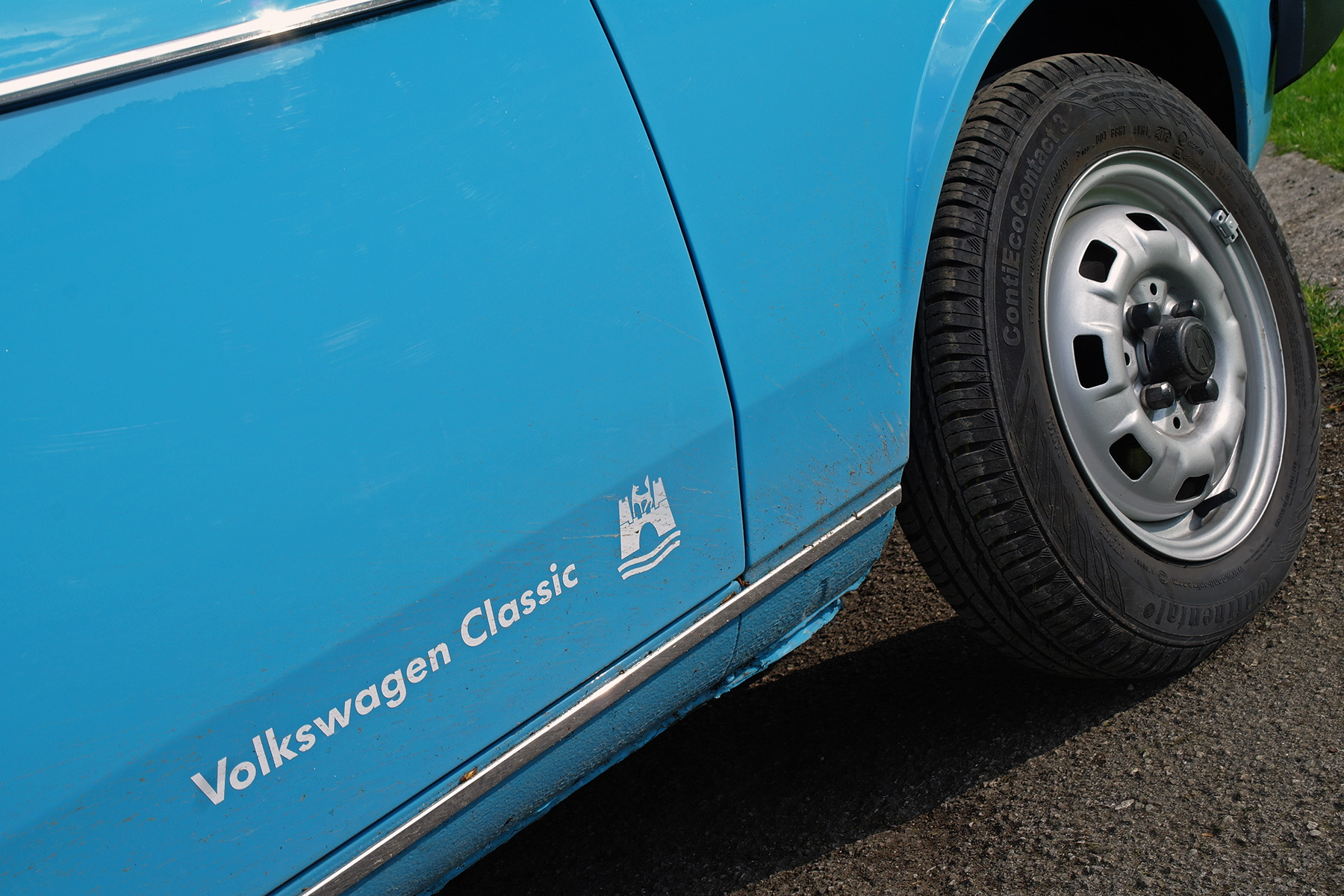
Unsurprisingly, the Polo feels very light on its 13-inch wheels and 145-section tyres. It responds well to changes of direction, although the unassisted steering can be heavy at times. You also have to feed the skinny wheel rim through your hands carefully due to its large size.
The brakes lack power assistance (a servo didn’t arrive on right-hand-drive Polos until 1990), so the middle pedal needs a good shove to get anything happening at the wheels. On occasion, you think nothing is actually clamping the steel rims, but the car does stop… eventually.
The tall and untrimmed gear lever (there are no fripperies here) is connected to a long-throw ‘box, but the four speeds shift positively enough. Thanks to its delicately slim pillars and large glass area – attributes shared with many cars of the 1970s – visibility out of the Polo is first-class.
Reliability and running costs
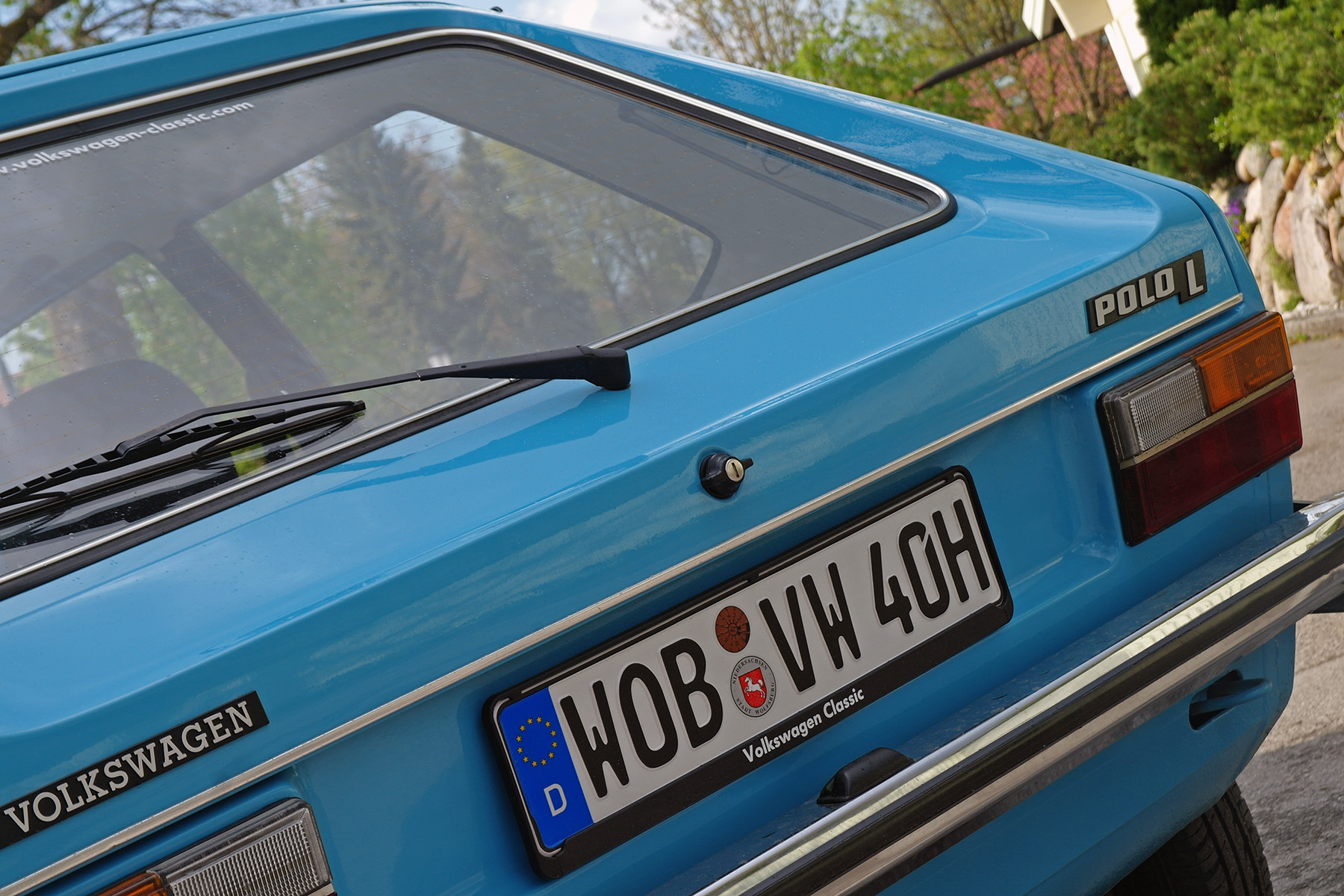
The Polo has long lived in the shadow of its better-known Golf big brother, but in recent years it has emerged from the darkness, particularly in Volkswagen club circles. An increasing number of parts and replacement body panels now available from specialists and a vibrant online community will be able to answer any technical questions you have.
Fuel economy should be around 38-45mpg and the Mk1 Polo now qualifies as a historic vehicle, which makes it exempt from road tax and MOT tests.
Could I drive it every day?
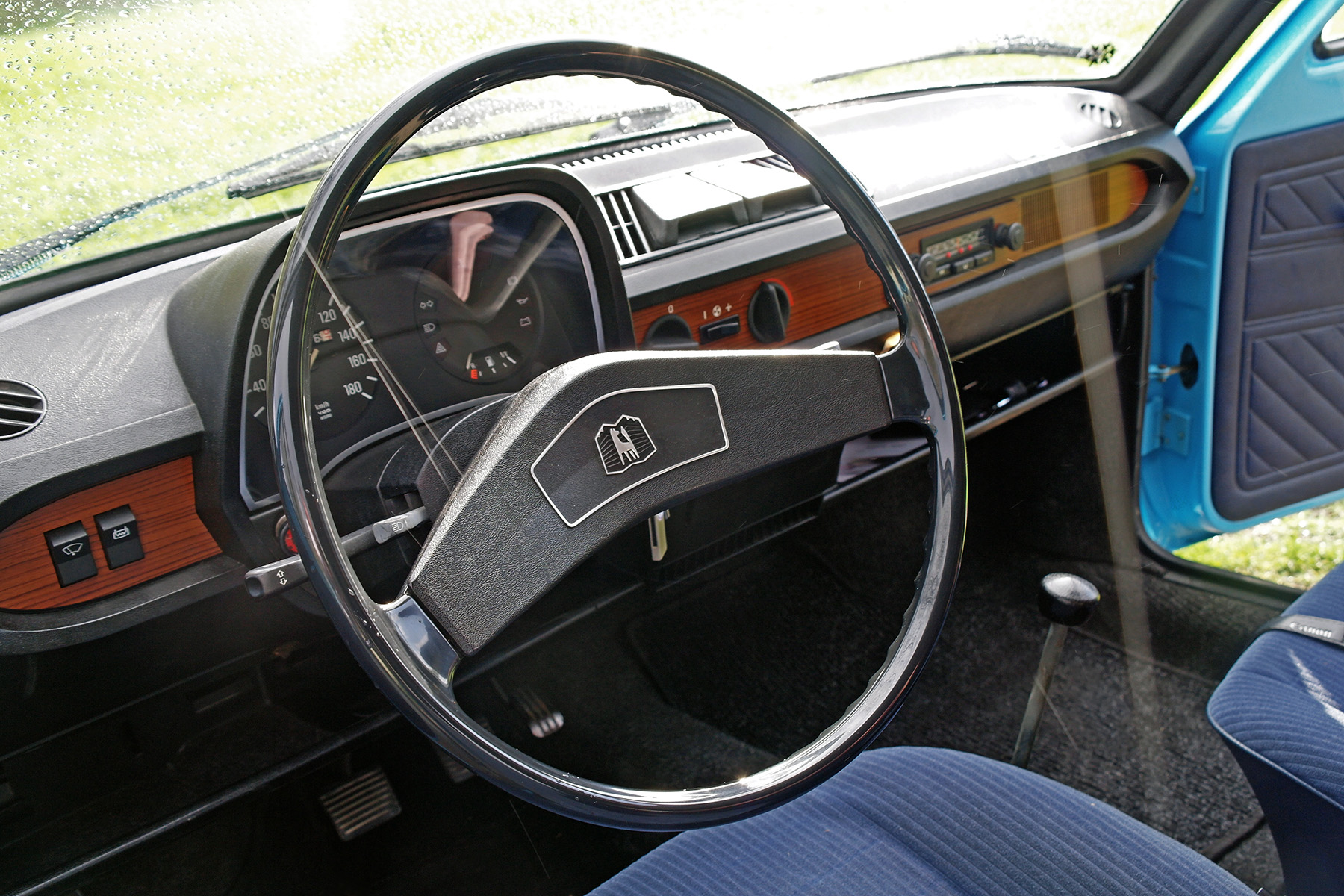
While the Polo’s small dimensions and light controls make seemingly make it easy to drive, some may find the lack of power steering and low gearbox ratios a little tiresome. However, despite its limited power, the engine isn’t short on torque. The Polo feels quite brisk and keeps up with modern traffic. Just be wary of those dead-feeling brakes.
Although not standard when new, most Mk1 Polos will have a radio of some description fitted, which may make the driving experience more relaxing.
How much should I pay?
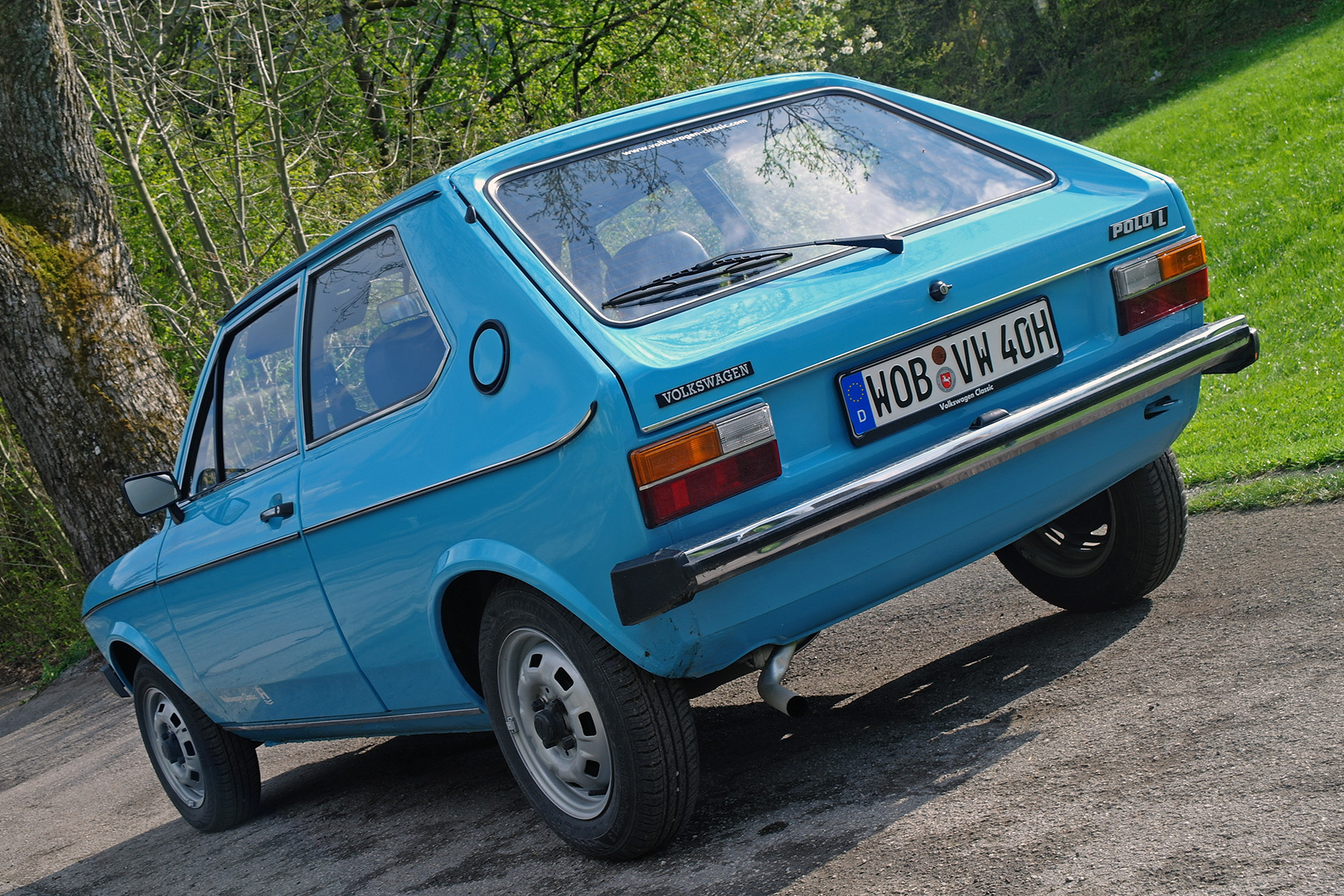
As with many classic cars, early Polo prices can vary a great deal. Pristine, low-mileage examples (that’s less than 100,000 miles on a vehicle this age) have been advertised for £6,000 and more, while less tidy cars can be picked up for £2,000 or so. Finding one may be your greatest challenge.
Earlier (1975-1979) cars with small metal bumpers tend to be more sought after than later models fitted with the heavier-looking plastic items. Post-1979 cars also gained a different style of front grille and dashboard.
What should I look out for?
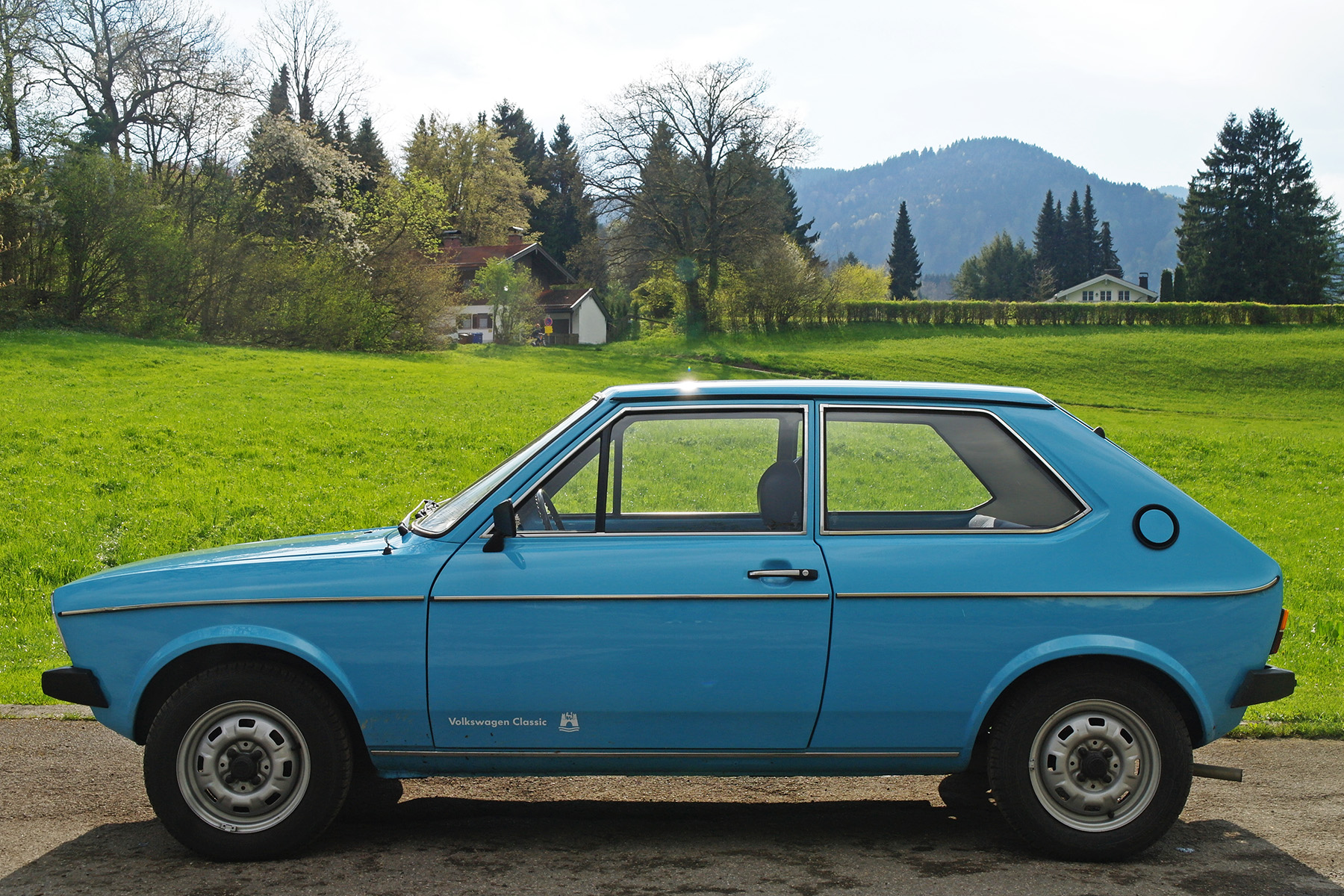
The small-block engines are simple and well-trusted, especially as the technology was also used in the second-generation Polo. Rust is a major enemy for all water-cooled Volkswagens of this era, and the Polo is no exception. You need to pay close attention to the front wings, bonnet and rear wheelarches, as well as the sills and floor. New body panels for the Mk1 Polo aren’t prohibitively expensive, though.
Other things to look out for are corroded fuel filler necks and leaky oil pumps. Rear light lenses and seals can also leak. Of course, being a workaday car, some examples have limited service history after the first decade or so, but that shouldn’t bother you too much.
Basic ’N’ models are quite, well, basic, but the Polo L, LS and GLS come with such luxuries as carpets, along with chrome trim for the exterior and bumpers.
Should I buy one?
If you fancy a 1970s hatchback as a starter classic and don’t want the default VW Golf, the Polo makes for a sensible choice. Pretty styling, economical engines, bright colours and thorough engineering all make it an enticing prospect.
More plentiful than some of its rivals and remarkably solidly built, despite its light weight, the original Polo is supported by a keen bunch of enthusiasts who will welcome you into the vibrant VW scene.
Pub fact
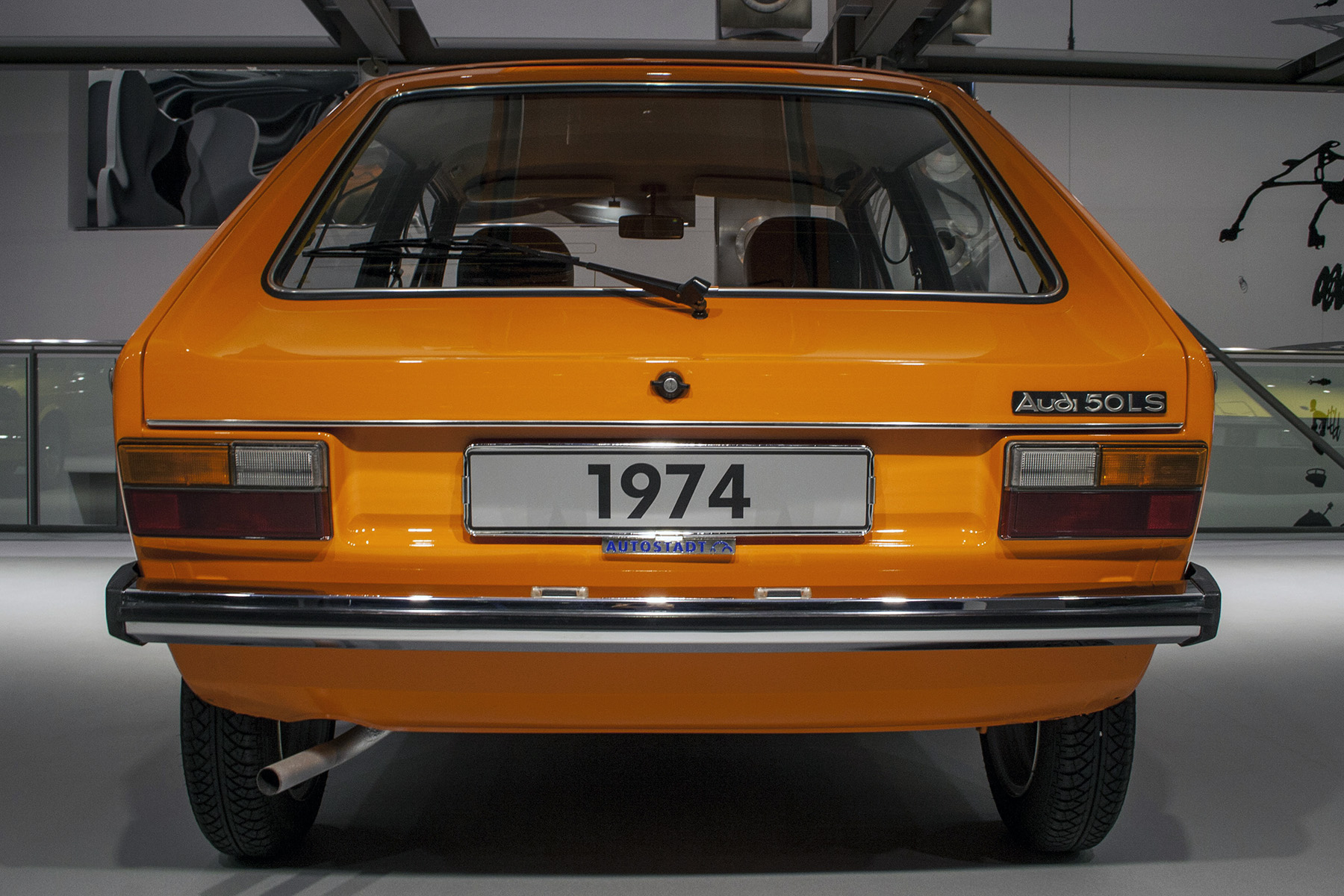
The Polo first appeared in 1974 as the Audi 50, a new size of car for the aspiring premium brand. Originally conceived as a smaller three-box saloon to fit in with the rest of the 1970s Audi range – and slot in underneath the 80 – the initial design went on to become the Volkswagen Derby in 1977.
The hatchback-bodied Audi 50 was built on the same production line as the Polo at Volkswagen’s factory in Wolfsburg. It was discontinued in 1978 after 180,828 examples had been assembled. The less expensive Polo had simply proved more popular.
ALSO READ:
Remembering the greatest Volkswagen hot hatch festival
Volkswagen K70: the story of a ‘quiet game changer’
Great Motoring Disasters: trying to replace the Volkswagen Beetle


